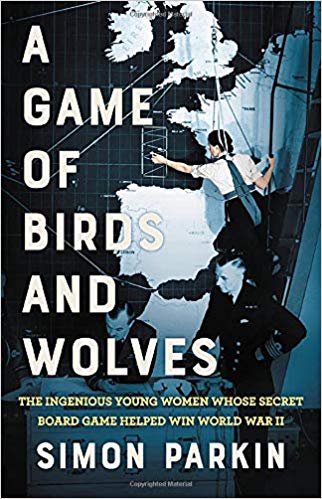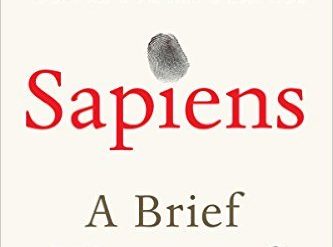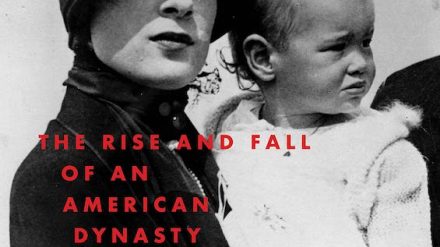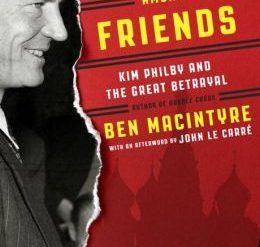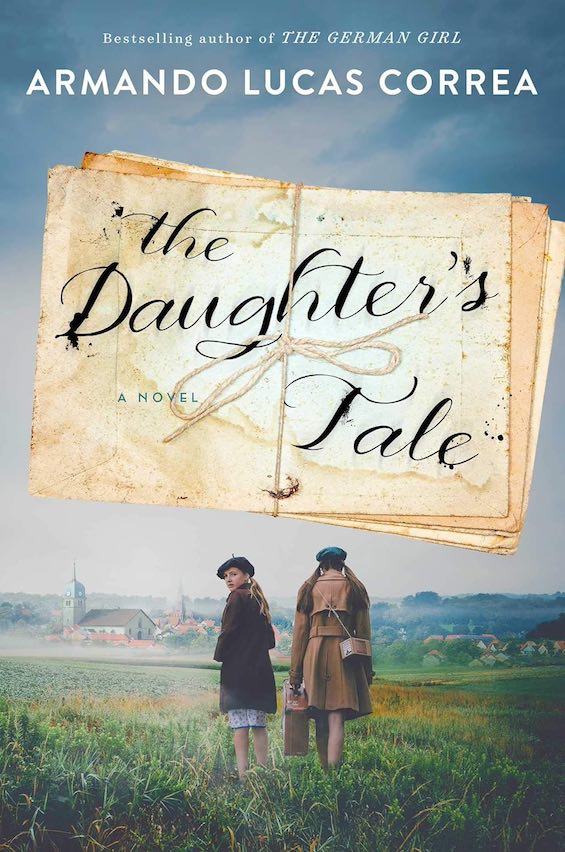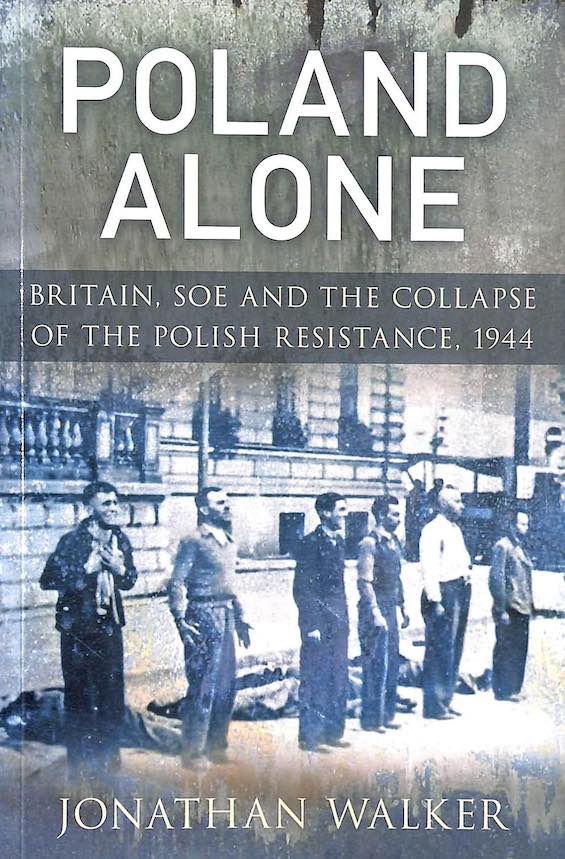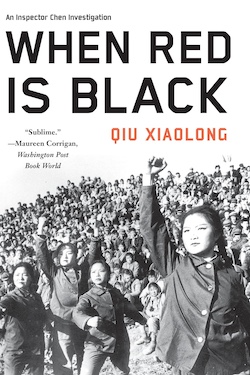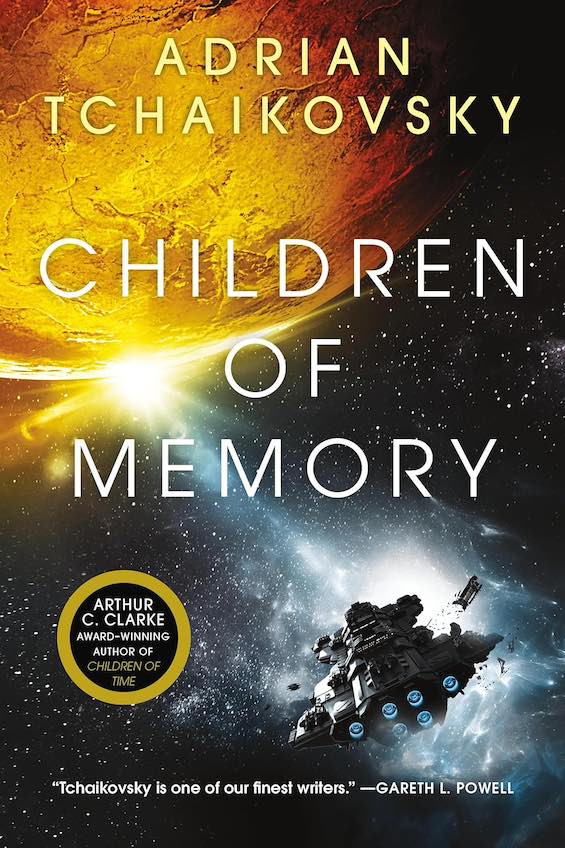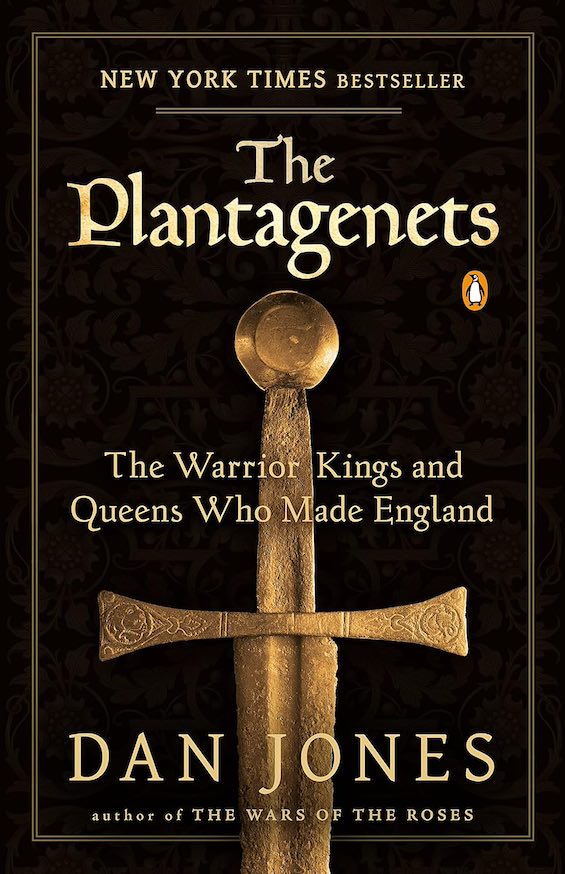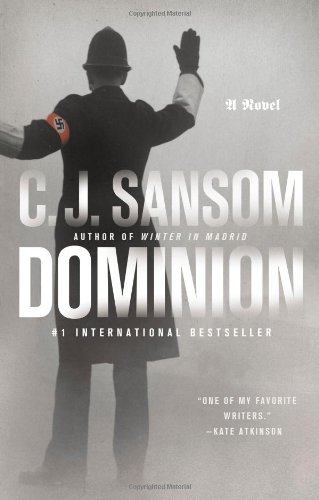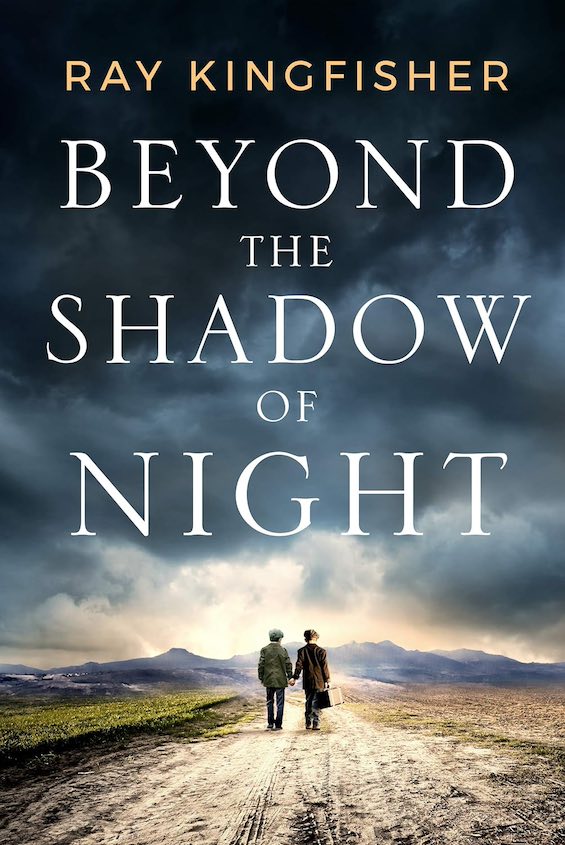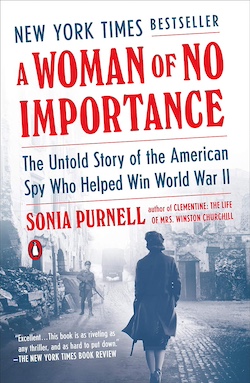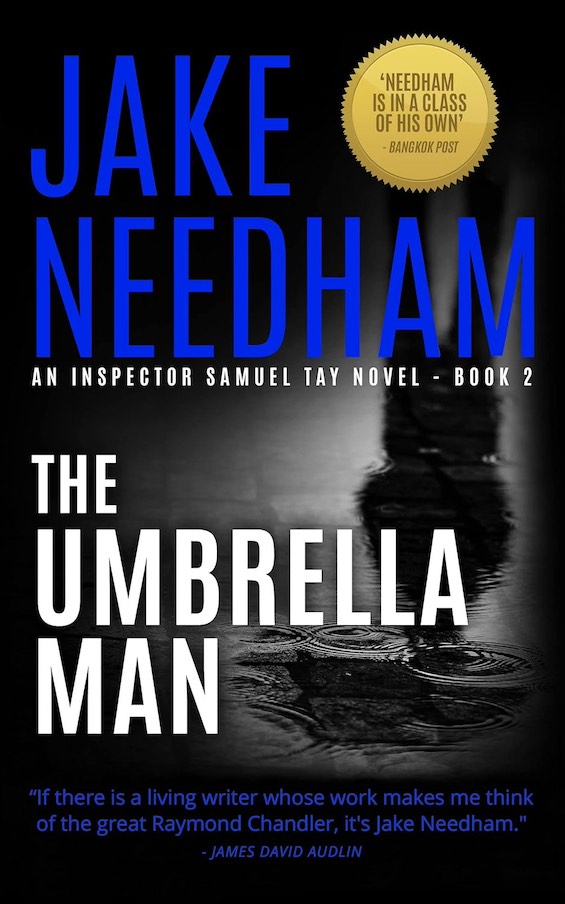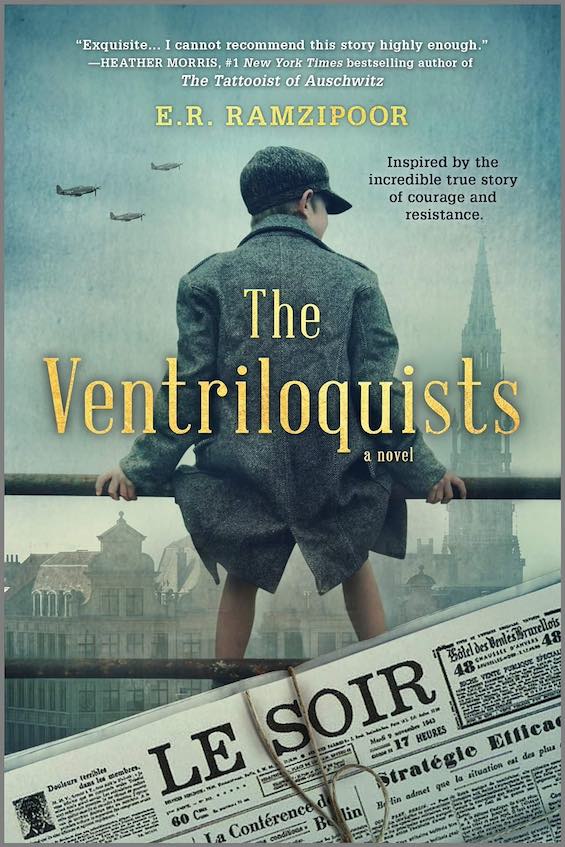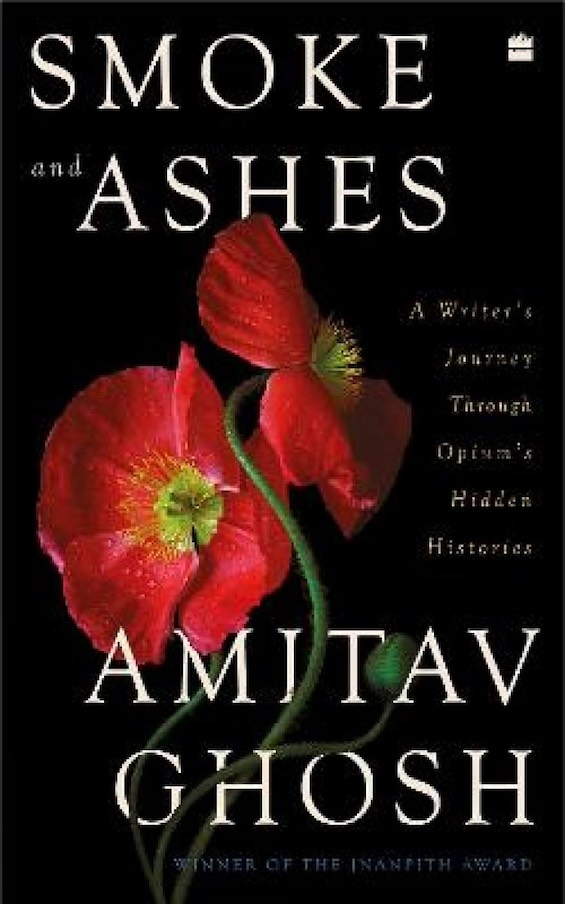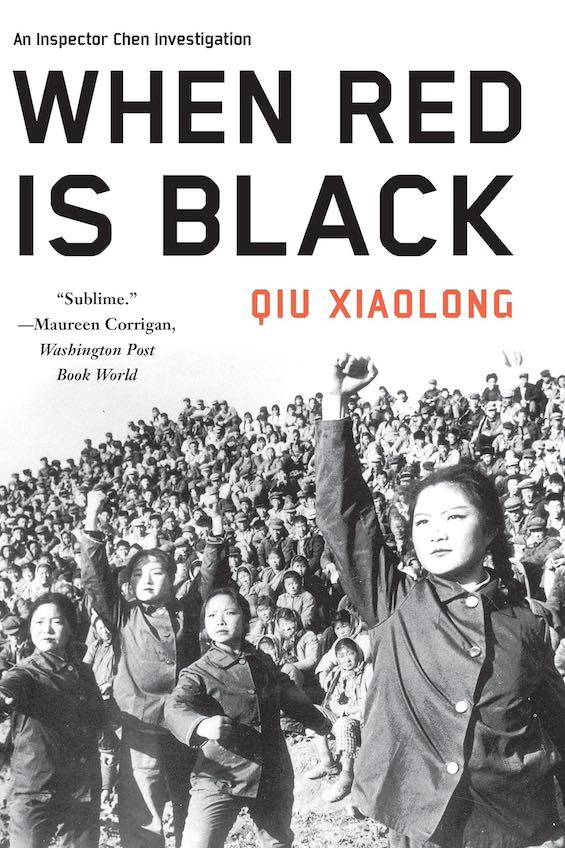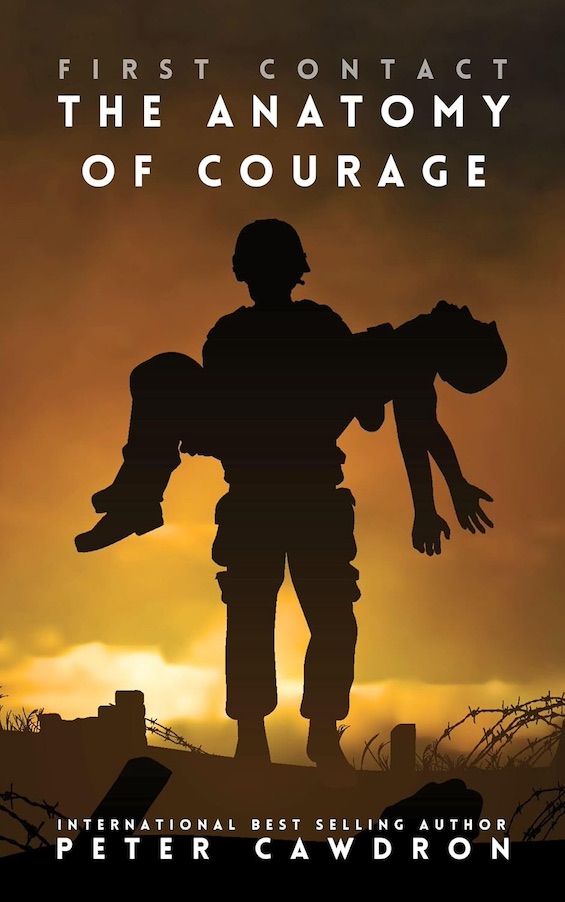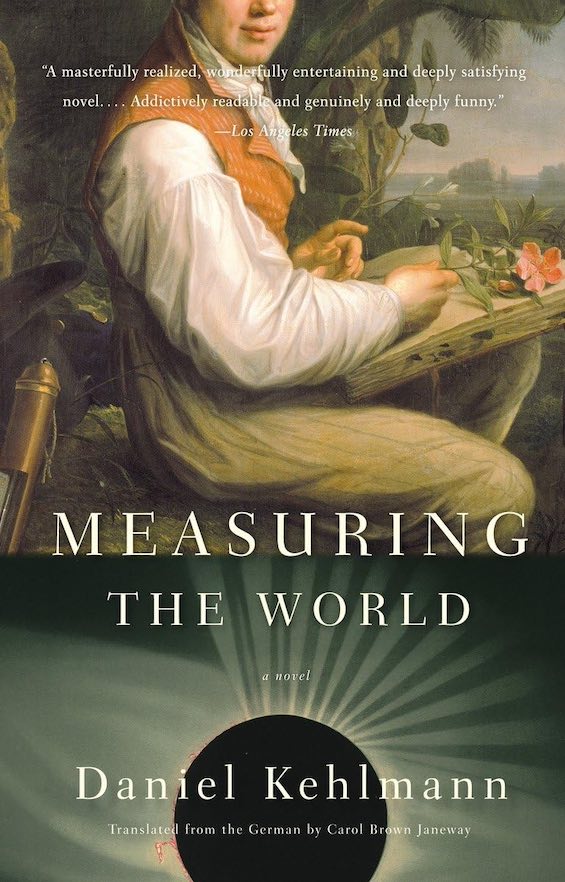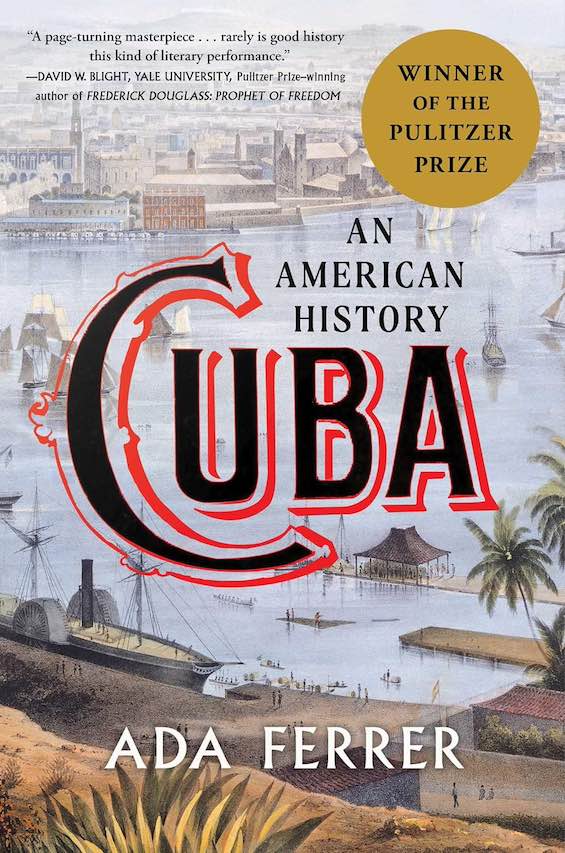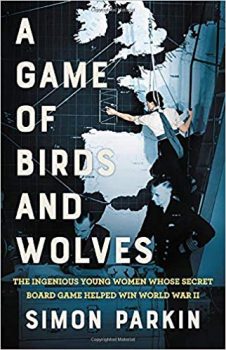
Books about women in World War II are popular these days, and the latest one I’ve come across — A Game of Birds and Wolves by Simon Parkin — is a good one, up to a point. Parkin tells the story of several dozen mostly very young women who participated in a little-recognized but vital aspect of the Allied victory. They were recruits to an auxiliary of the British Navy known as the Wrens (Women’s Royal Navy Service). However, in reality, A Game of Birds and Wolves is, more properly, about the man who founded and commanded the top-secret unit in which they served. Unfortunately, partly because the women were never publicly recognized or rewarded for their service and were forced to keep their work secret for fifty years following the war, and partly because apparently the publisher felt the need to mislead readers to boost sales, the subtitle is The Ingenious Young Women Whose Board Game Helped Win World War II. Still, the book really does tell the tale of how wargames helped win World War II, and Parkin tells it well.
A Game of Birds and Wolves: The Ingenious Young Women Whose Board Game Helped Win World War II by Simon Parkin (2020) 321 pages @@@@ (4 out of 5)
World War II hung in the balance in the Battle of the Atlantic
Most accounts of the war in Europe dwell on the conflict on land, focusing on such pivotal events as the Battle of Britain, Stalingrad, the Normandy Invasion, and the Battle of the Bulge as well as the secret war carried on by intelligence agents and partisans. The Battle of the Atlantic is all too often lost in this narrative. Yet in the early years, when Great Britain was struggling to survive in the face of a threatened Nazi invasion, the British came perilously close to losing World War II because Germany’s U-boats were sinking prodigious numbers of merchant ships carrying essential food and fuel to the island — 2,603 merchant ships and 175 of their escorts.
At the time, however, both the Germans and the British tallied losses not in numbers of ships sunk but in the tonnage of food and supplies lost, a bloodless conception reminiscent of the “body count” of the Vietnam War. The threat was so great that for years the British government kept secret how enormous the losses had been. Even some members of Churchill’s cabinet were kept in the dark — yet the people of the UK came perilously close to starvation. And A Game of Birds and Wolves is the story of how the British Royal Navy eventually prevented that by winning the Battle of the Atlantic.
A strategy born out of desperation won the Battle of the Atlantic
Parkin tells the tale of a top-secret unit established deep underground in Liverpool. There, a small staff developed wargames to help develop new antisubmarine tactics, eventually training thousands of British naval officers who commanded escort vessels protecting the convoys of merchant ships who traversed the Atlantic throughout the war. A retired officer turned game designer named Gilbert Roberts masterminded the effort, working with a staff composed largely of young Wrens, some of them barely out of secondary school. The Western Approaches Tactical Unit (WATU), as it was called, arose out of desperation. Winston Churchill personally set WATU in motion, ordering Roberts to “‘Find out what is happening and sink the U-boats.”
WATU’s wargames helped win World War II
In fact, “the first fruits of WATU’s work began to be seen in summer 1942, when escort ships sank four times as many U-boats as the previous month, beginning an upward trend that would continue, broadly, for the rest of the year.” And by March 1943, the inventive tactics WATU had designed allowed the British to win “‘the greatest convoy battle of all time.'” In May of that year, Admiral Karl Doenitz, the supreme commander of the German Navy and the architect of the “wolfpack” strategy that had proved so deadly, admitted that he had lost the Battle of the Atlantic and recalled his boats to shore.
The critical role of the Wrens
Throughout A Game of Birds and Wolves, Parkin valiantly tries to highlight the experiences of the young women who served with Roberts (and later his successor) in WATU. He dwells on the contributions of several individuals, but there is now apparently little information available. “Not one of the Wrens involved was to receive public recognition for her contribution,” so there is virtually nothing in the official record. And, as he notes, “captains at sea and the anxious admirals at home were all granted special dispensation to tell their stories soon after the war; everyone else involved, including the Wrens, was forbidden from talking or writing about their work for fifty years.” By which time, of course, many of them had died.
However, Parkin makes absolutely clear that the Wrens’s contributions were huge. As one example, he tells the tale of a nineteen-year-old Wren recruit who had gained such expertise in playing the games they devised that she beat the most celebrated submarine ace in the Royal Navy — five times in a row. WATU was Roberts’s masterstroke, but the intelligence and resourcefulness the Wrens brought to the unit made its success possible.
The long history of wargames
As Parkin reports, “archaeologists have unearthed sets of miniature soldiers that represent Sumerian and Egyptian armies. Many of the earliest board games that, like chess and go, are still played today are either military-themed, or explore concepts of strategy and tactics.” Chess is believed to have originated in the early years of the first millennium CE in northern India, while go was first played in China in the fourth century BCE. But the first board game specifically designed to explore military strategy and tactics was invented in Prussia in 1780. Ever since then, armies and navies alike around the world have organized wargames to test new tactics and probe for weaknesses in their strategies. The British Navy’s effort in World War II continued a long tradition.
About the author
Simon Parkin has been a contributor to the New Yorker since 2013. Much of his writing is about technology. He is also a video game critic: his first book was Death by Video Game. A Game of Birds and Wolves is his second.
For further reading
I’ve also reviewed several excellent books about the role of women involved in espionage in World War II:
- The Woman Who Smashed Codes: A True Story of Love, Spies, and the Unlikely Heroine Who Outwitted America’s Enemies by Jason Fagone (The woman codebreaker who caught gangsters and Nazi spies)
- Code Name: Lise: The True Story of the Woman Who Became World War II’s Most Highly Decorated Spy, by Larry Loftis (A woman was World War II’s most highly decorated spy)
- Code Girls: The Untold Story of the American Women Code Breakers of World War II by Liza Mundy (The amazing story of the American “Code Girls” who helped win World War II)
- Madame Fourcade’s Secret War: The Daring Young Woman Who Led France’s Largest Spy Network Against Hitler by Lynne Olson (The truth about the French Resistance, dug out of old records)
- A Woman of No Importance: The Untold Story of the American Spy Who Helped Win World War II by Sonia Purnell (The WWII American woman spy who kept the French Resistance alive)
- D-Day Girls: The Spies Who Armed the Resistance, Sabotaged the Nazis, and Helped Win World War II by Sarah Rose (The women who parachuted behind German lines and helped secure the Normandy landing)
You might also enjoy reading:
- 5 top nonfiction books about World War II
- The 10 best novels about World War II
- 20 top nonfiction books about history
And you can always find my most popular reviews, and the most recent ones, plus a guide to this whole site, on the Home Page.

